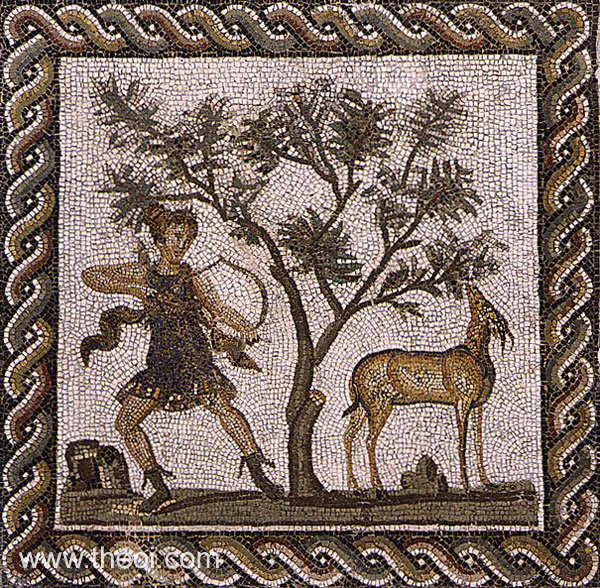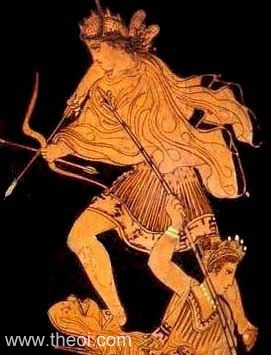 |
| My first meeting with the classical world Colosseum, Rome - September 2011 |
Through
writing this blog, which is a completely new form assessment for me, I have
come to realise that the issues I am facing now are the same as the issues I
faced when I first started this course, in 2010. Studying classics on a deeper
level than I had previously done posed greater challenges than I had faced in
school. I needed to think in different ways and the work was much more
reflective and inquisitive than what I had previously done. Having written a
number of essays through my three years at university, I feel that I have found
my ‘scholarly’ or ‘academic’ voice, at least in that form of assessment.
However, writing a blog poses a different challenge where I must find the
balance between a scholarly and ‘informal’ tone.
Studying
Ancient Greek Religion poses issues that are often faced when studying
religions and other cultures. First we must face the issue that there is a
major cultural difference that cannot be reconciled. There is a need to
separate ‘us’ and ‘them’ and find neutral ground to study from. I have recently
become more aware that I wear what could be called Christian-secular lenses
when I study. I was raised in a secular society but I was still taught religious
values and had my confirmation at 15 years old. I know now that I need to be
more self-aware when studying other cultures and religions and remember that
they held different values in their beliefs and in the practice of those
beliefs. Bruit Zaidman and SchmittPantel states that ‘the function of
religion cannot be the same in a society such as ours, in which communal life
is very largely secularized, and in one where religion was thoroughly
intertwined with all areas of public and social interaction.’ As scholars
we must therefore take a step back and try to see Ancient Greek Religion not
through our own eyes, but through the eyes of the Greeks. I will discuss this
further in later blog posts. It does not make it easier either that the
Greeks had no word for religion. The closest we come is Thriskeia, which the website Perseus
roughly translates to religious worship, ritual
and cult. However it could also be argued that our term religion is still not
properly defined and that everyone has their own personal opinion as to what
the term ‘religion’ stands for. (For more see Harrison,V. S.)
Through
this project I will try to mainly use the goddess Artemis to focus on the
questions posed in our lectures and ideas this course has led me to want to discuss
further. Throughout my years at University I have found that my interest in
Greek mythology has narrowed down to an even bigger interest in Greek
goddesses, particularity those I have felt have either been misrepresented in
scholarship or goddesses that have not received much attention. I first became
interested in Artemis when I was working on an essay on Hera, at the time I was
focusing on rituals and festivals and came over a link about the anger of
Artemis. I was fascinated by how strict the rules for Artemis’s followers were,
especially the role the young attendants played and the significance of them
being parthenoi - marriageable virgins
who have attained physical and sexual maternity. Once I started doing more research on Artemis
I also found myself being very interested in the dual aspect of her and how she
represented a positive occurrence in Greek life such as infant survival but she
also represented the curse of death in childbirth and stillborn infants. I hope
that this blog will let me research this further and give me much more
information on Artemis and the study of Ancient Greek Religion.
Bibliography:
- Bruit
Zaidman, L. and Schmitt Pantel, P., (1992) Religion in the Ancient Greek City. Translated by Paul Cartledge.
Cambridge University Press: Cambridge. p .3
- Harrison,
V.S. (2006) ‘The pragmatics of defining religionin a multicultural
world’. International Journal for - Philosophy of Religion Vol. 59, No. 3 pp.
133-152.
- Perseus.
(2013) Greek Word Study Tool. Available
at:
- Theoi.
Summary Artemis. Available at: http://www.theoi.com/Summary/Artemis.html
Accessed on: 25/03-13












